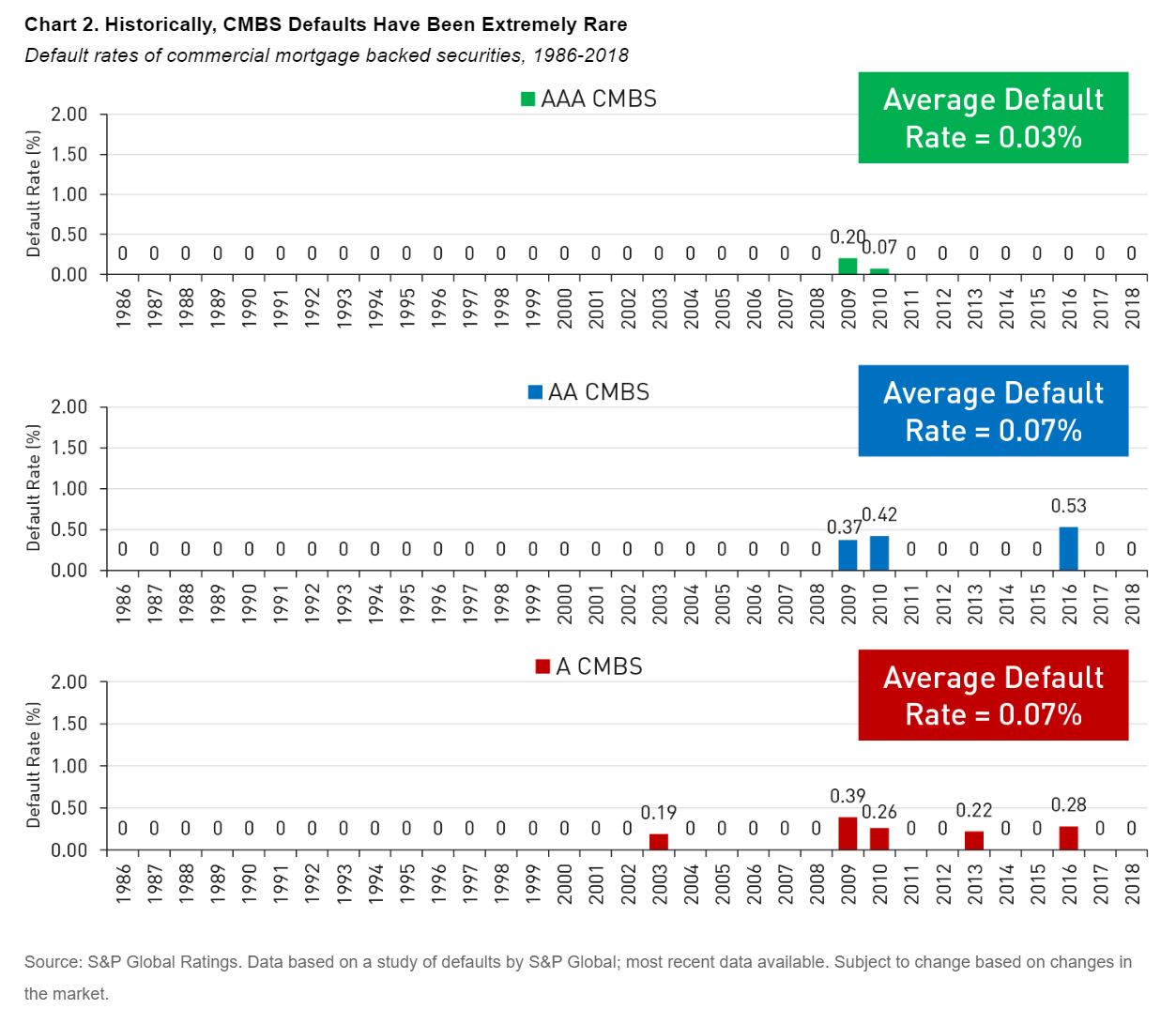

This party, therefore wields considerable power over the servicer, including the right to “hire and fire” the servicer. The Special Servicer is generally appointed by the Controlling Class of bondholders and in some cases one bondholder, often called the Directing Certificate Holder. While conflicts can arise in many situations, Borrowers are often prejudiced in their workout attempts when a Special Servicer is guided not by what is best for the CMBS Trust, but what is best for the Special Servicer. See Standard & Poor’s Comments on Potential Conflicts of Interest Within Commercial Special Servicing Market (March 9, 2012) (the “S&P Comments”). In fact, conflicts have become of such a concern, that the rating agencies have placed the CMBS world on notice. These conflicts have been recognized not only by aggrieved Borrowers but also by bondholders.

It is important to note that conflicts of interest in CMBS structures exist. Simply said, when conflicts of interest enter into the loan workout or restructuring calculus, optimal loan restructuring results are at risk, and both Borrowers (who could lose their properties) and bondholders (who could suffer losses on bonds) are well advised to be on heightened alert. While the Special Servicer is held to a “servicing standard” that requires it to act with a requisite level of care so that the value of the CMBS loan is maximized for the benefit of all of the bondholders of the Trust (not just the Controlling Class which appoints it), many Borrowers (and bondholders) have experienced damages as a result of the inherent conflicts of interest in CMBS structures.

Generally speaking, upon default or imminent default, the Controlling Class of bondholders (or the Directing Certificate Holder), can appoint a Special Servicer to administer the defaulted loan. As discussed in our prior Client Alert, the CMBS loan structure is rife with complexity and potential for abuse.


 0 kommentar(er)
0 kommentar(er)
